Download Lesson Pack
Storytime: "Brick Needs a Break"
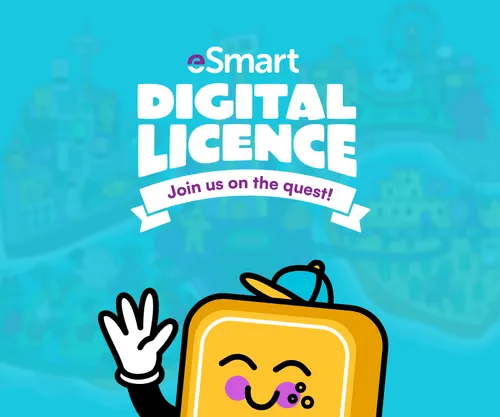
Child Safeguarding Statement
Some resources and activities may prompt a child to remember and potentially share an experience of harm. Make sure you’re familiar with your school's safeguarding policies and procedures so you can confidently report safety and well-being concerns.
Prepare students for the session by discussing: their right to be safe and respected; what to do if discussing online safety makes them feel uncomfortable or unsafe; and how to seek help if they feel or have felt unsafe. Use this resource available on the website.
Storytime: "Brick Needs a Break"
Read the free eBook "Brick Needs a Break", a winning entry from the Series 1 Stories by Digital Children competition.
Lesson details
Compulsion
About this Risk Area
Addresses excessive use of digital devices or online activities which can impact children's mental health, academic performance, and social relationships.
Example topics:
- Understanding the importance of balanced screen time.
- Developing healthy habits for managing digital device use and prioritising offline activities.
- Setting boundaries and practicing self-regulation when it comes to online gaming, social media, and other digital activities.
The resources for this risk area promote healthy relationships with technology and encourage positive social and emotional wellbeing.
In this lesson, learners will explore the free eBook “Brick Needs a Break", a winning entry from the Series 1 Stories by Digital Children competition.
Stories by Digital Children: A storytelling competition for 5-12 year olds is a Digital Child competition, hosted by the Australian Research Council (ARC) Centre of Excellence (CoE) for the Digital Child. Children aged 5-12 across Australia were asked to submit story ideas for the 2023 theme ‘Fun with digital media: Getting the balance right.’
This book was co-authored by the winner of the 5-6 age group category, Jayden Choi, and Kim Maslin.
Learning Intentions
Learners will:
- Recognise physical and emotional signs of excessive device use.
- Understand what it means to use devices in a healthy way.
These intentions are evidenced when learners can:
- Identify at least one of the signs of excessive device use.
- Identify at least one healthy way to balance time on devices with other activities.
Educators will:
- Highlight signs of excessive device use through storytelling.
- Guide students in the application of healthy habits to device usage.
These intentions are evidenced when educators can:
- Lead discussions in identifying at least one physical or emotional sign of excessive device use.
- Support learners in practicing at least one strategy for healthy device use.
Curriculum alignment
Australian Curriculum (Version 9.0)
The Australian Curriculum outlines the fundamental knowledge, comprehension, and abilities students are expected to acquire as they advance through the initial 11 years of schooling.
Foundation: General Capabilities
Personal and Social Capabilities
Reflective Practice:
Level 1: identify how their choices affect the development of personal abilities and achievements.
Manage Digital Wellbeing:
- Level 1: follow adult directions for the use of digital tools at school and home.
- AC9EFLE01: Share ideas about stories, poems and images in literature, reflecting on experiences that are similar or different to their own by engaging with texts by First Nations Australian, and wide-ranging Australian and world authors and illustrators.
- AC9EFLE02: respond to stories and share feelings and thoughts about their events and characters
- AC9EFLY02: Interact in informal and structured situations by listening while others speak and using features of voice including volume levels
- AC9EFLY05: Use comprehension strategies such as visualising, predicting, connecting, summarising and questioning to understand and discuss texts listened to, viewed or read independently
Year One: General Capabilities
Personal and Social Capabilities
Reflective Practice:
- Level 2: Describe what they have discovered about themselves by engaging with feedback.
Manage Digital Wellbeing:
- Level 2: Follow agreed rules for the healthy use of digital tools and apply them at school and home.
- AC9E1LE02: Discuss literary texts and share responses by making connections with students’ own experiences.
- AC9E1LE03: Discuss plot, character and setting, which are features of stories.
- AC9E1LY02: Use interaction skills including turn-taking, speaking clearly, using active listening behaviours and responding to the contributions of others, and contributing ideas and questions.
- AC9E1LY05: Use comprehension strategies such as visualising, predicting, connecting, summarising and questioning when listening, viewing and reading to build literal and inferred meaning by drawing on vocabulary and growing knowledge of context and text structures.
CASEL Framework
The CASEL Framework creates a foundation for applying evidence-based, Social and Emotional Learning (SEL) strategies both at school and in the broader community. Its aim is to support the cultivation of SEL skills and environments that advance students’ learning and development.
- Self-management: The abilities to manage one’s emotions, thoughts, and behaviours effectively in different situations and to achieve goals and aspirations.
- Responsible decision-making: The abilities to make caring and constructive choices about personal behaviour and social interactions across diverse situations.
My Time, Our Place – Framework for School Age Care in Australia
The aim of My Time, Our Place: Framework for School Age Care in Australia (the Framework) is to assist educators to provide children and young people with opportunities to maximise their potential and develop a foundation for successful lifelong learning. The Framework has been designed for use by approved providers and school age care educators working in partnership with children and young people, their families and the community, including schools.
Outcome 2: Children and young people are connected with and contribute to their world.
Children and young people develop a sense of belonging to groups and communities and an understanding of the reciprocal rights and responsibilities necessary as active and informed citizens.
This is evident when children:
- Understand the concept that while digital technology can connect us, it is also vitally important to maintain our face-to-face and interpersonal connections too.



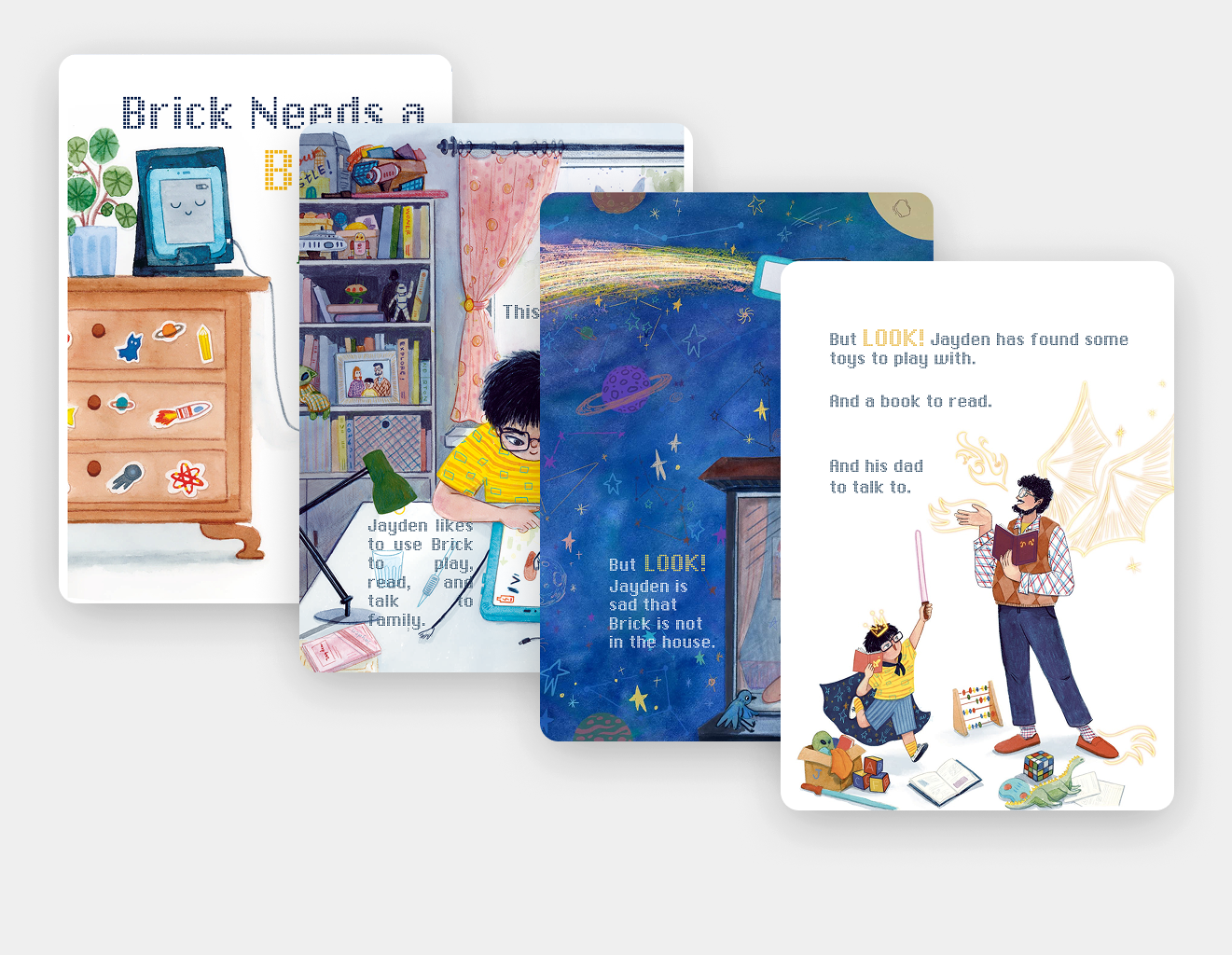
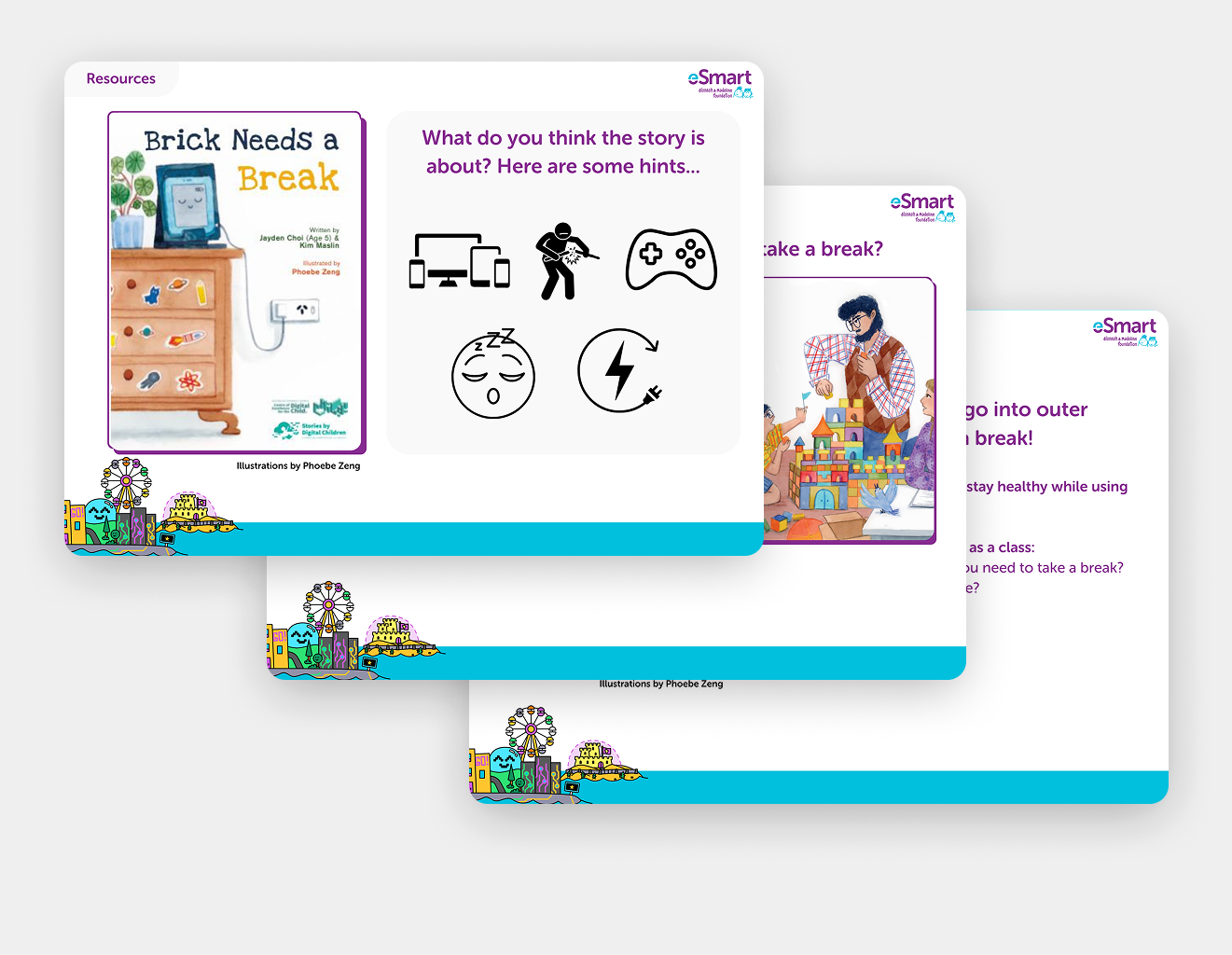
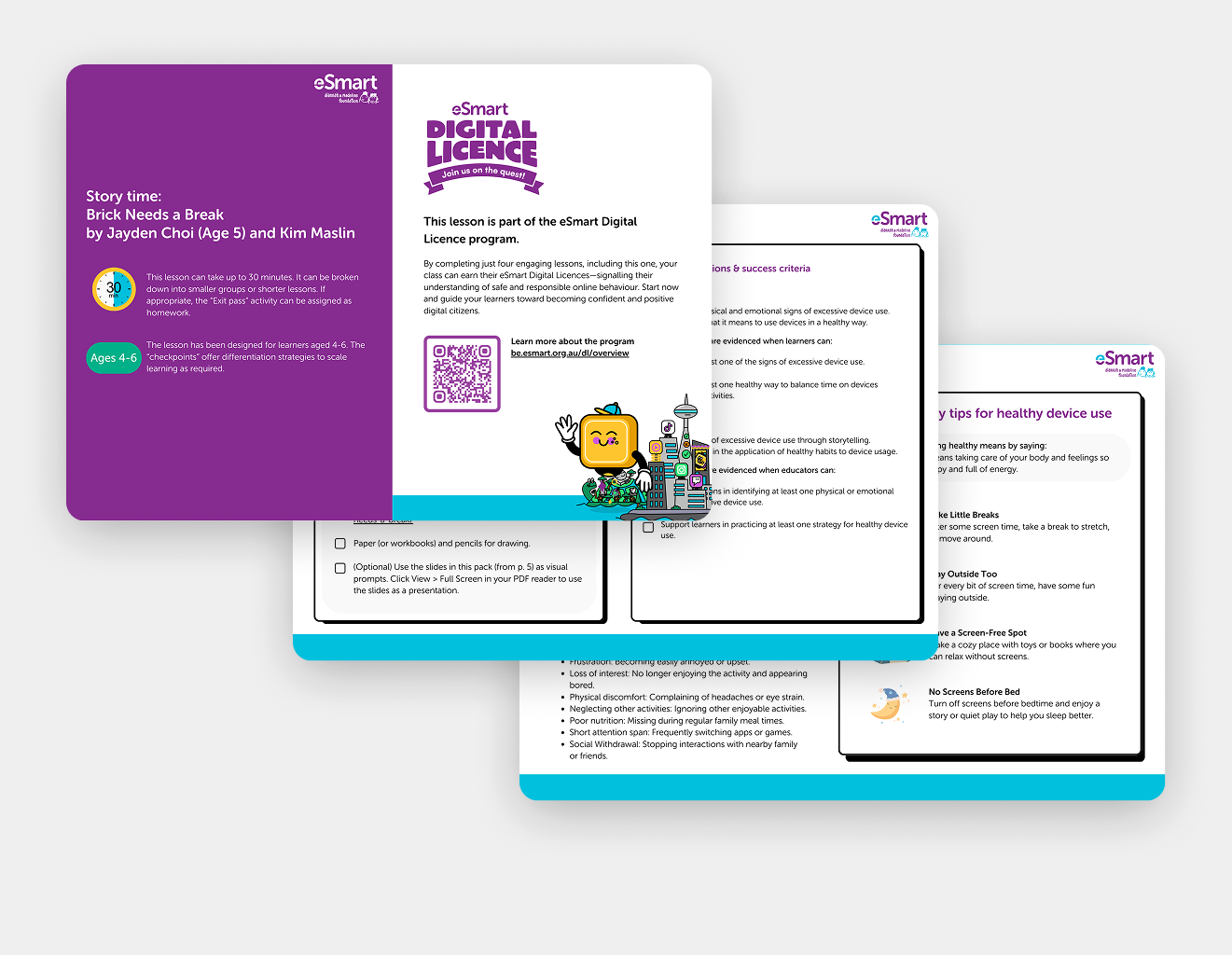
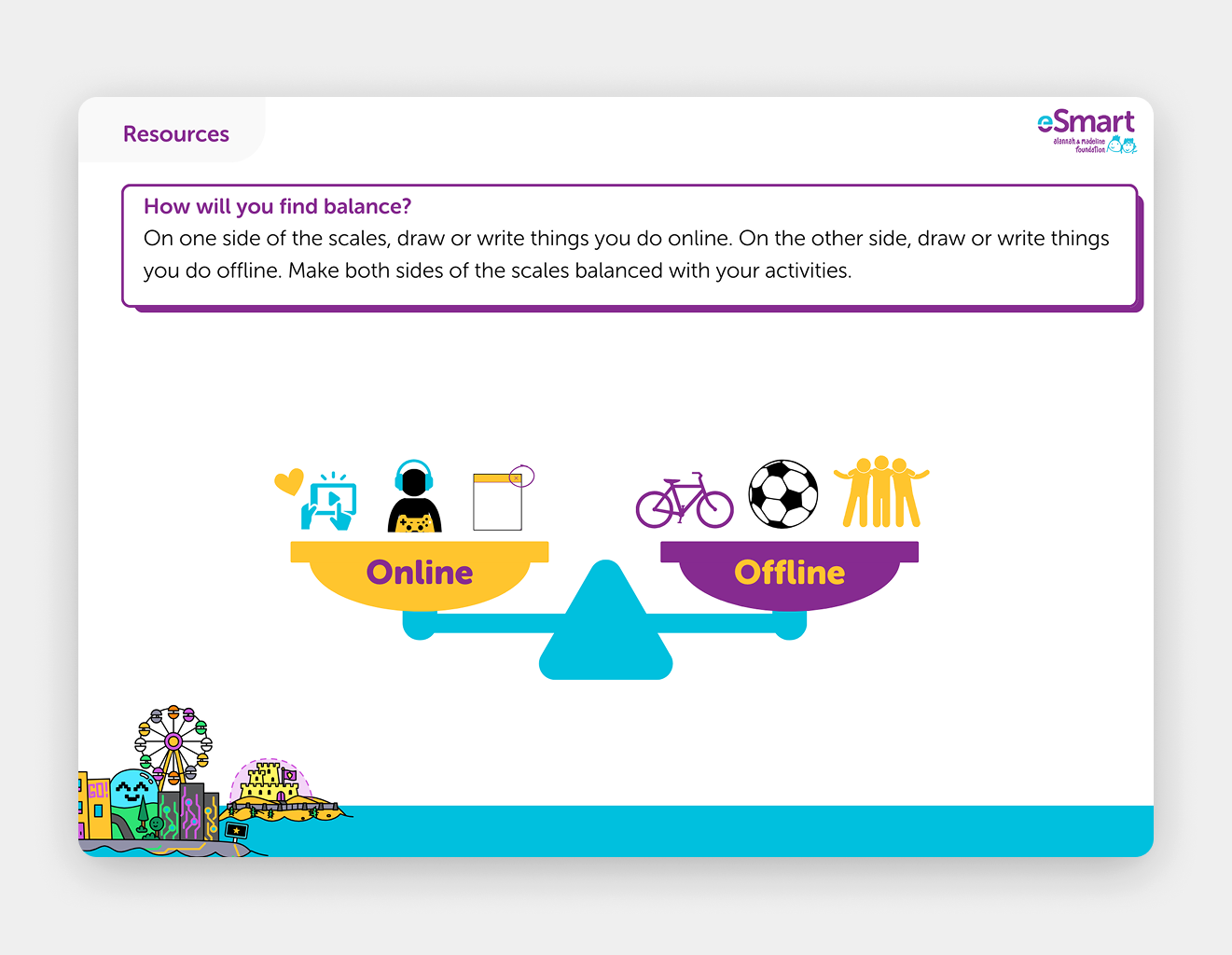
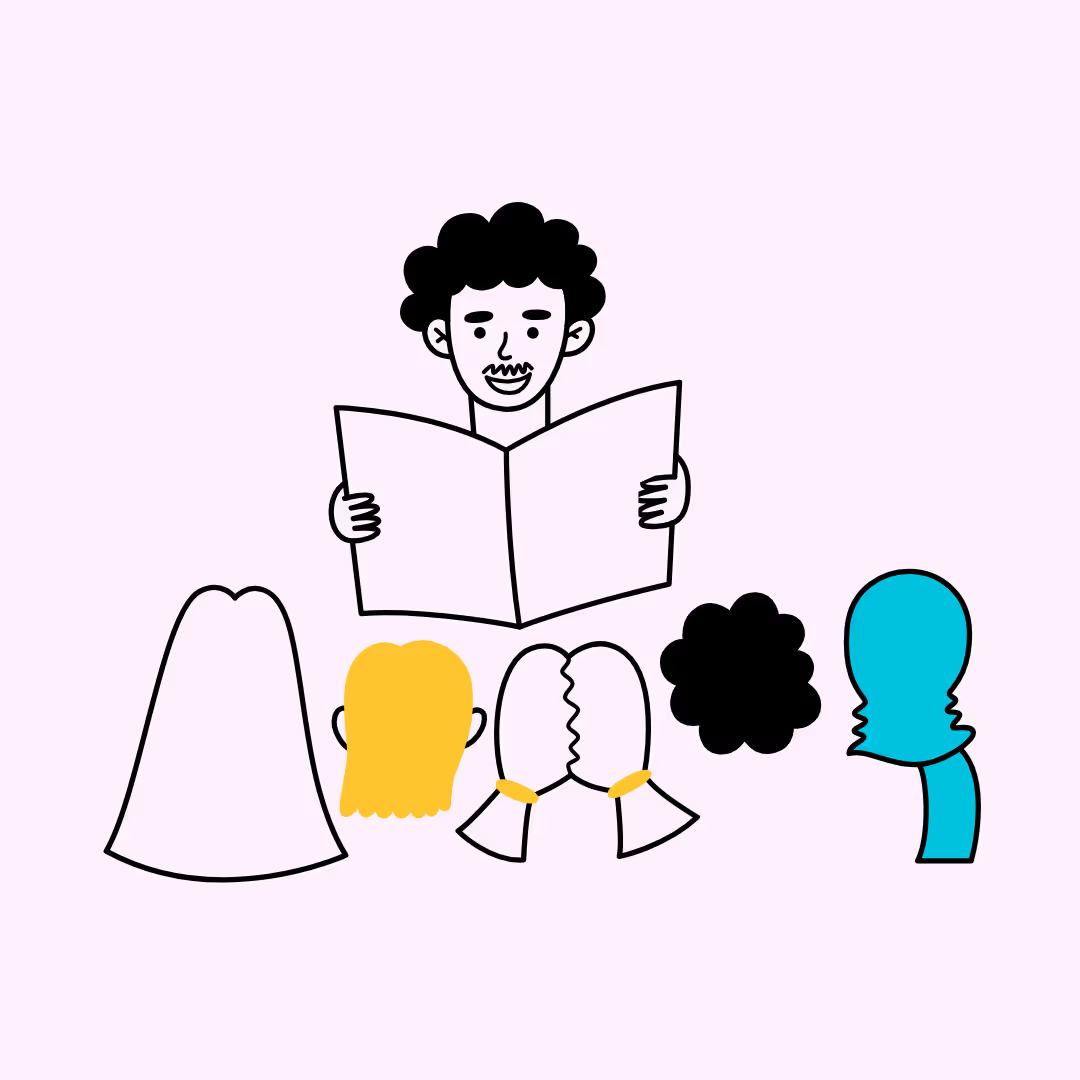
.avif)
